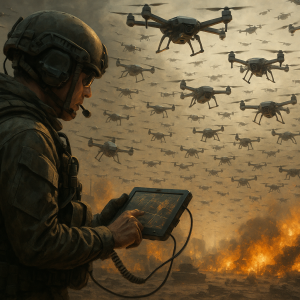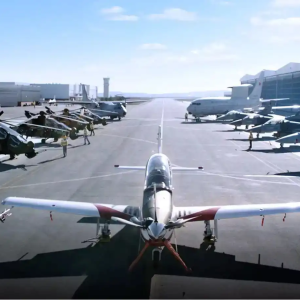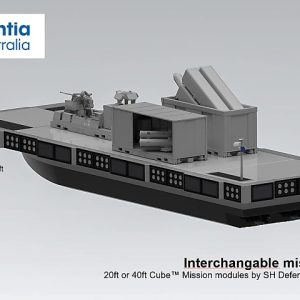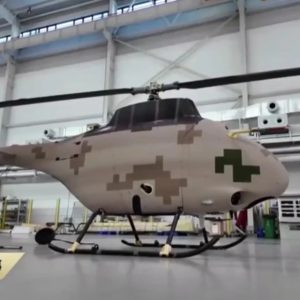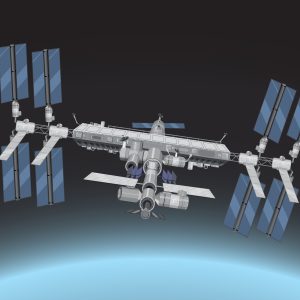In an exciting development, AI-powered UAV swarming technology has transitioned from the realm of science fiction into practical, real-world scenarios. This groundbreaking innovation enables the coordination and collaboration of multiple unmanned aerial vehicles (UAVs) to perform complex tasks with enhanced efficiency and effectiveness. In this blog post, we explore the details of this transformative technology and its potential implications for various industries.
AI-Powered UAV Swarming: Turning Science Fiction into Reality
The concept of UAV swarming involves the synchronization and intelligent control of a group of drones, enabling them to act as a cohesive unit. With the integration of artificial intelligence (AI), UAV swarms can now perform complex tasks autonomously, adapting to dynamic environments and achieving objectives more effectively.

Key Features and Advantages
- Intelligent Coordination: AI algorithms enable UAV swarms to communicate, collaborate, and make intelligent decisions collectively. This coordination allows for efficient task distribution, maximizing the utilization of resources and optimizing mission outcomes.
- Scalability and Flexibility: Swarms can consist of a few drones or scale up to hundreds or even thousands of UAVs, depending on the requirements of the mission. This scalability and flexibility make UAV swarms adaptable to various applications, including search and rescue operations, surveillance, agriculture, and logistics.
- Redundancy and Resilience: By operating as a swarm, UAVs can compensate for individual failures or losses. If one drone malfunctions or is disabled, the swarm can dynamically redistribute tasks to ensure the mission’s continuity. This redundancy and resilience enhance reliability and mission success rates.
Implications for Real-World Applications
The emergence of AI-powered UAV swarming technology has far-reaching implications across industries:
- Defence and Security: UAV swarms can be utilized for surveillance, reconnaissance, and target identification, providing advanced situational awareness to military and security forces. They can also serve as a cost-effective deterrent against hostile actions.
- Disaster Management: UAV swarms equipped with sensors and imaging capabilities can be deployed in disaster-stricken areas to rapidly assess damage, locate survivors, and support relief efforts. Their collective intelligence and agility enable more efficient and comprehensive disaster response.
- Commercial and Industrial Applications: In sectors such as agriculture, construction, and logistics, UAV swarms can streamline operations, optimize resource allocation, and improve productivity. They can perform tasks such as crop monitoring, infrastructure inspections, and inventory management with increased speed and accuracy.
Conclusion
AI-powered UAV swarming technology has transformed from science fiction to reality, offering exciting possibilities across various industries. The intelligent coordination, scalability, and resilience of UAV swarms enable them to tackle complex tasks with enhanced efficiency and effectiveness. As this technology continues to evolve and mature, we can anticipate widespread adoption and the emergence of new and innovative applications, propelling us into a future where drones work together seamlessly to overcome challenges and achieve remarkable outcomes.



